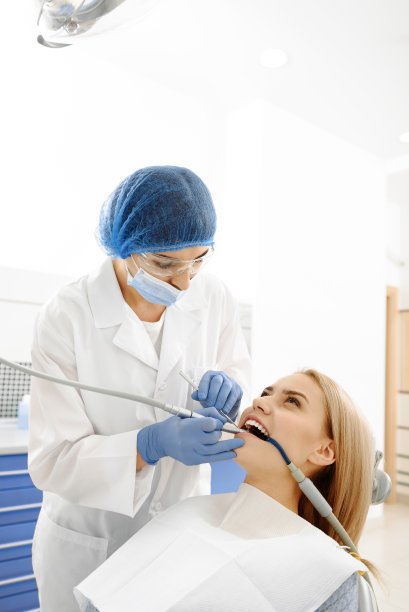The Importance of Proper Care and Aftercare Following Tooth Extraction for Optimal Healing Results
Summary: Following a tooth extraction, proper care and aftercare are crucial for optimizing healing and preventing complications. This article discusses the importance of immediate post-extraction care, dietary considerations, maintaining oral hygiene, and recognizing signs of complications. Each aspect is vital for ensuring a smooth recovery process and a successful outcome. By adhering to recommended guidelines, patients can minimize discomfort, promote healing, and return to their daily activities quicker. Understanding the significance of each care element can empower individuals to take charge of their oral health after a dental procedure.
1. Importance of Immediate Post-Extraction Care

Immediately following a tooth extraction, the bodys natural healing process begins to kick in. This healing phase involves blood clot formation, which is crucial for protecting the extraction site from infection and facilitating repair. It is essential for patients to follow their dentists guidelines regarding when to bite down on gauze and when to replace it, as improper management can lead to dry sockets and prolonged healing times.
In addition, applying ice packs to the exterior of the face can help reduce swelling and alleviate pain in the initial hours after the procedure. Patients should aim to keep the ice pack applied for intervals of 15 to 20 minutes. Being mindful of their positions, such as keeping the head elevated, can further aid in minimizing swelling and blood flow to the area.
Regardless of how a patient feels following an extraction, it’s essential to rest and avoid strenuous activities. This will help the body focus its energy on healing rather than on recovery from other stresses. Adequate rest lays a solid foundation for a smoother healing journey.
2. Dietary Considerations After Extraction
What patients consume after a tooth extraction plays a significant role in the healing process. Initially, soft foods are recommended to avoid disrupting the extraction site. Foods like yogurt, applesauce, and smoothies provide necessary nutrients without requiring much chewing. It’s best to avoid crunchy, hot, or spicy foods that may irritate the wound or introduce bacteria.
As the days progress, patients may gradually reintroduce more solid foods, but should still focus on soft textures for a week or so. Staying hydrated is also essential. Drinking plenty of fluids, preferably water, not only aids in overall recovery but helps flush any potential bacteria away from the extraction area.
Importantly, alcohol and tobacco should be strictly avoided for at least 72 hours after a tooth extraction, as they can lead to delayed healing and increased risk of complications. Patients should take this time to prioritize their well-being and avoid any substances that could hinder their recovery.
3. Maintaining Proper Oral Hygiene
After a tooth extraction, maintaining good oral hygiene is vital for preventing infections at the extraction site. Gentle mouth rinsing with warm salt water can be an effective and natural way to maintain cleanliness without putting stress on the newly forming blood clot. This should start 24 hours post-surgery and be done multiple times a day, especially after meals.
However, patients must be cautious to avoid direct rinsing or spitting forcefully, as this could dislodge the blood clot, leading to complications like dry socket. Brushing teeth should still be a part of daily habits, but individuals must avoid the extraction site until it has healed sufficiently.
Being vigilant about overall oral hygiene is crucial, as any infection can prolong recovery and lead to further complications. Regular check-ups with a dental professional can help monitor healing and ensure that safety measures are adhered to effectively during this critical time.
4. Recognizing Signs of Complications
While most tooth extractions heal smoothly, it’s crucial for patients to recognize potential complications that may arise. Severe pain, swelling that doesn’t gradually decrease, or fever can be signs of an infection. If any of these symptoms persist, its essential to consult with the dentist promptly. Early intervention can prevent more serious issues from developing.
Another complication that can arise is dry socket, which occurs when the blood clot dislodges or dissolves before the wound fully heals. Signs of dry socket include severe aching pain that develops a few days post-extraction. When symptoms suggest this condition, patients should seek immediate medical advice.
Being proactive about recovery includes communicating any concerns with healthcare providers. Understanding what to look for can empower patients to take charge of their recovery process and ensure the best possible outcome after an extraction.
Summary:
The article emphasizes the importance of proper care and aftercare following tooth extraction, detailing immediate post-care, dietary considerations, maintaining oral hygiene, and recognizing complications. Each aspect contributes significantly to promoting optimal healing and preventing complications, allowing patients to return to their daily activities promptly and healthily.
This article is compiled by Vickong Dental and the content is for reference only.



